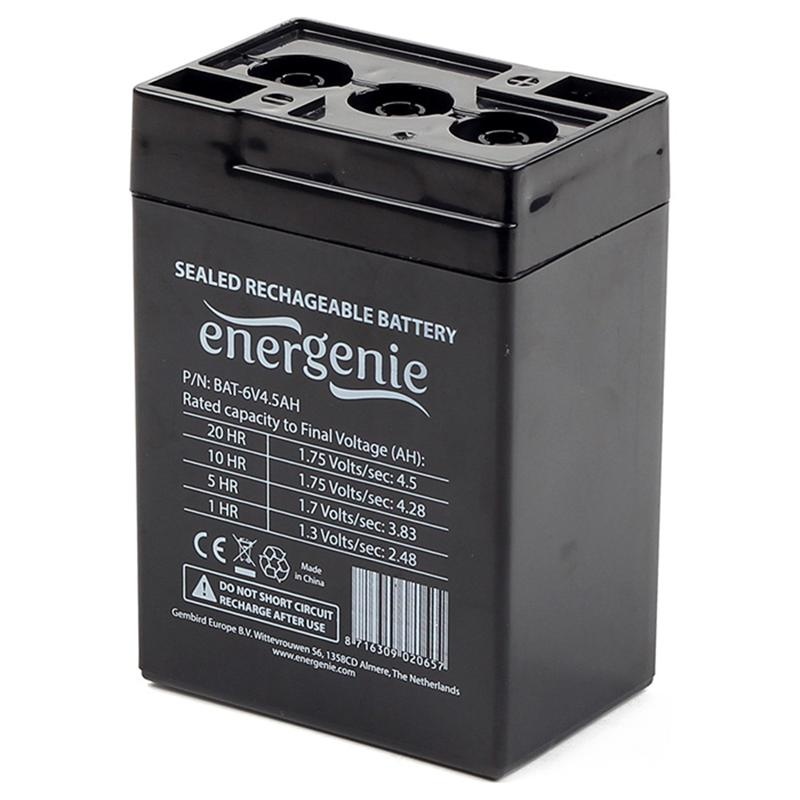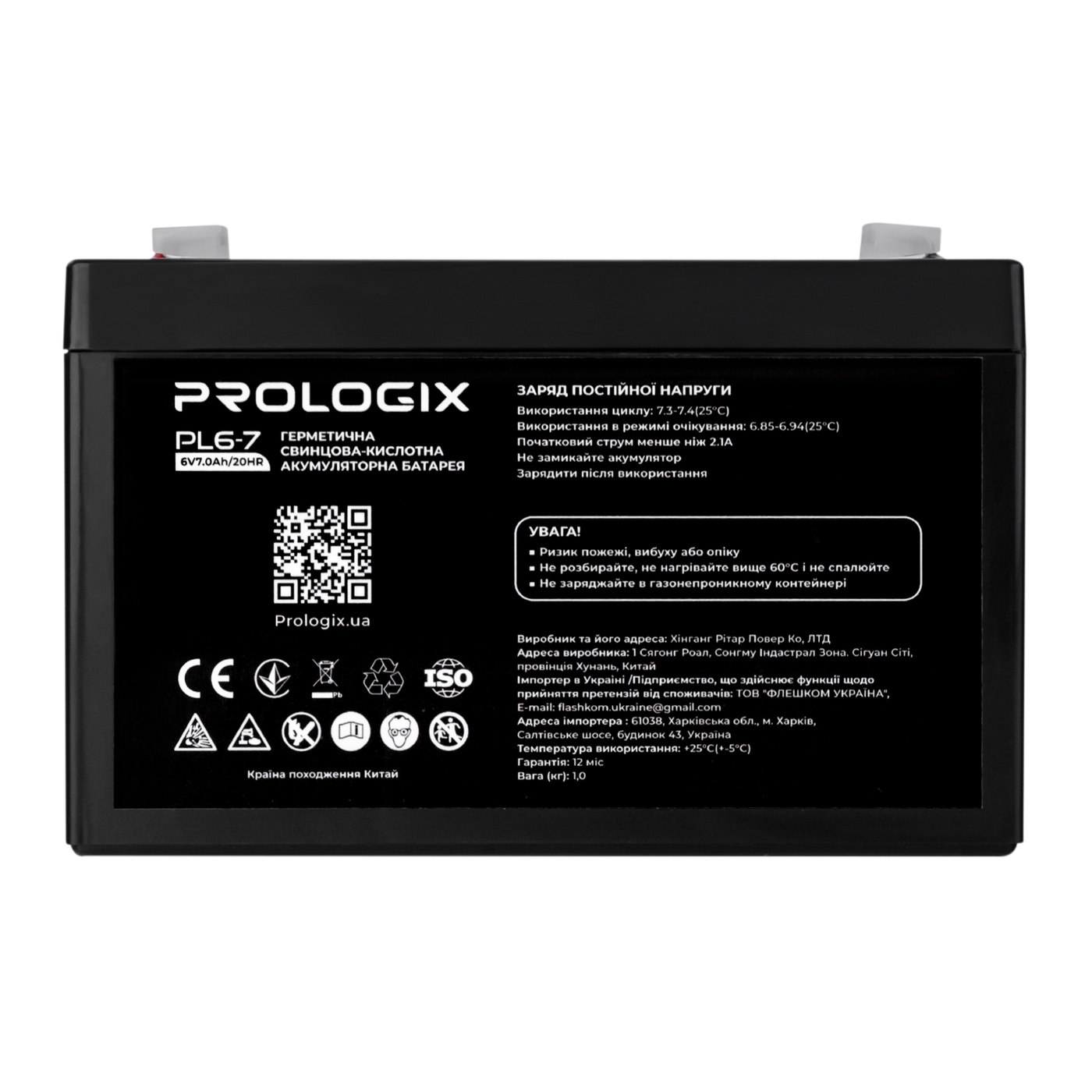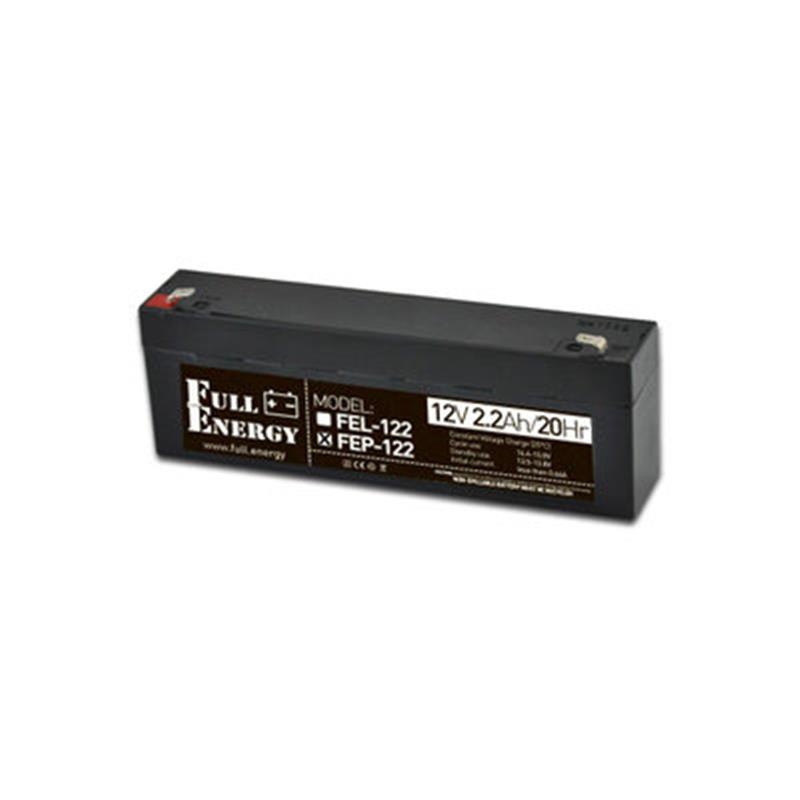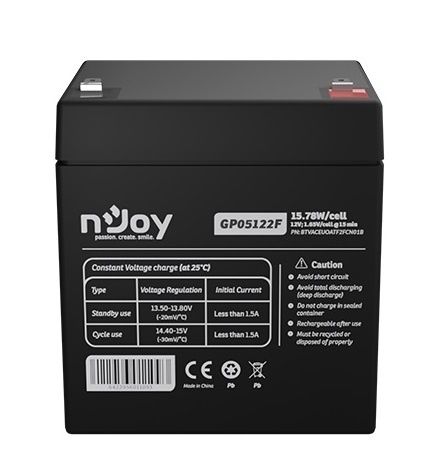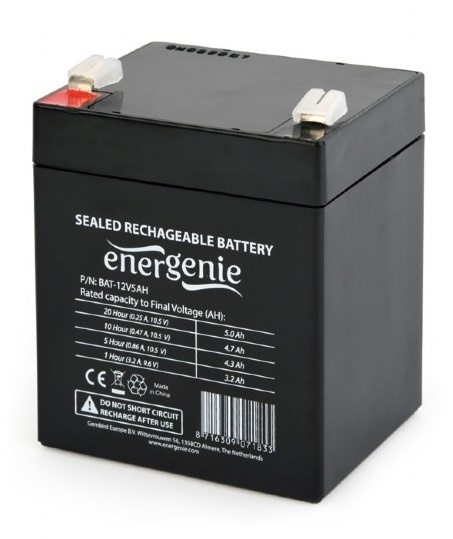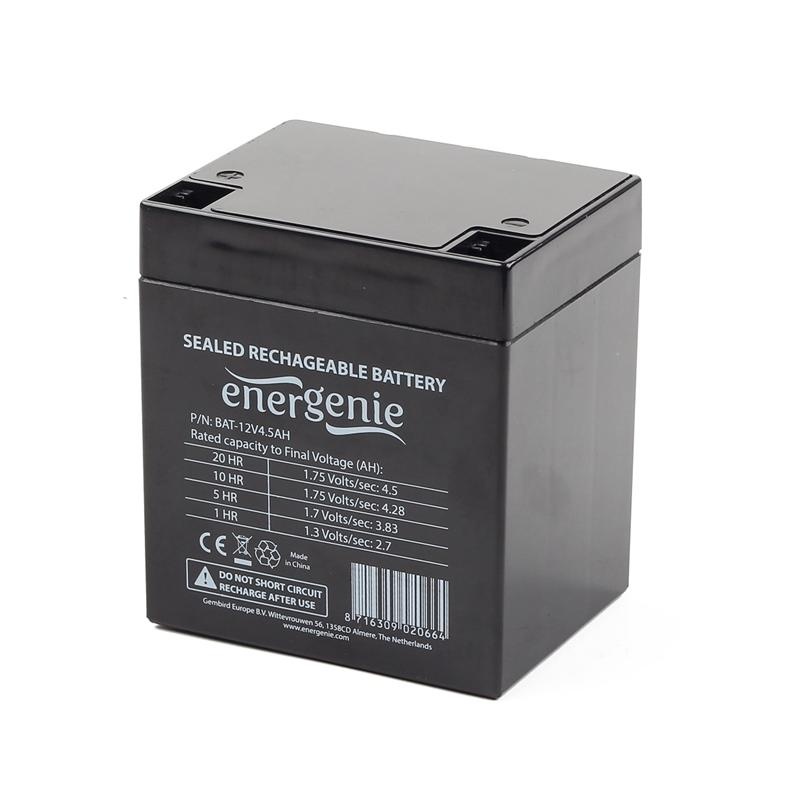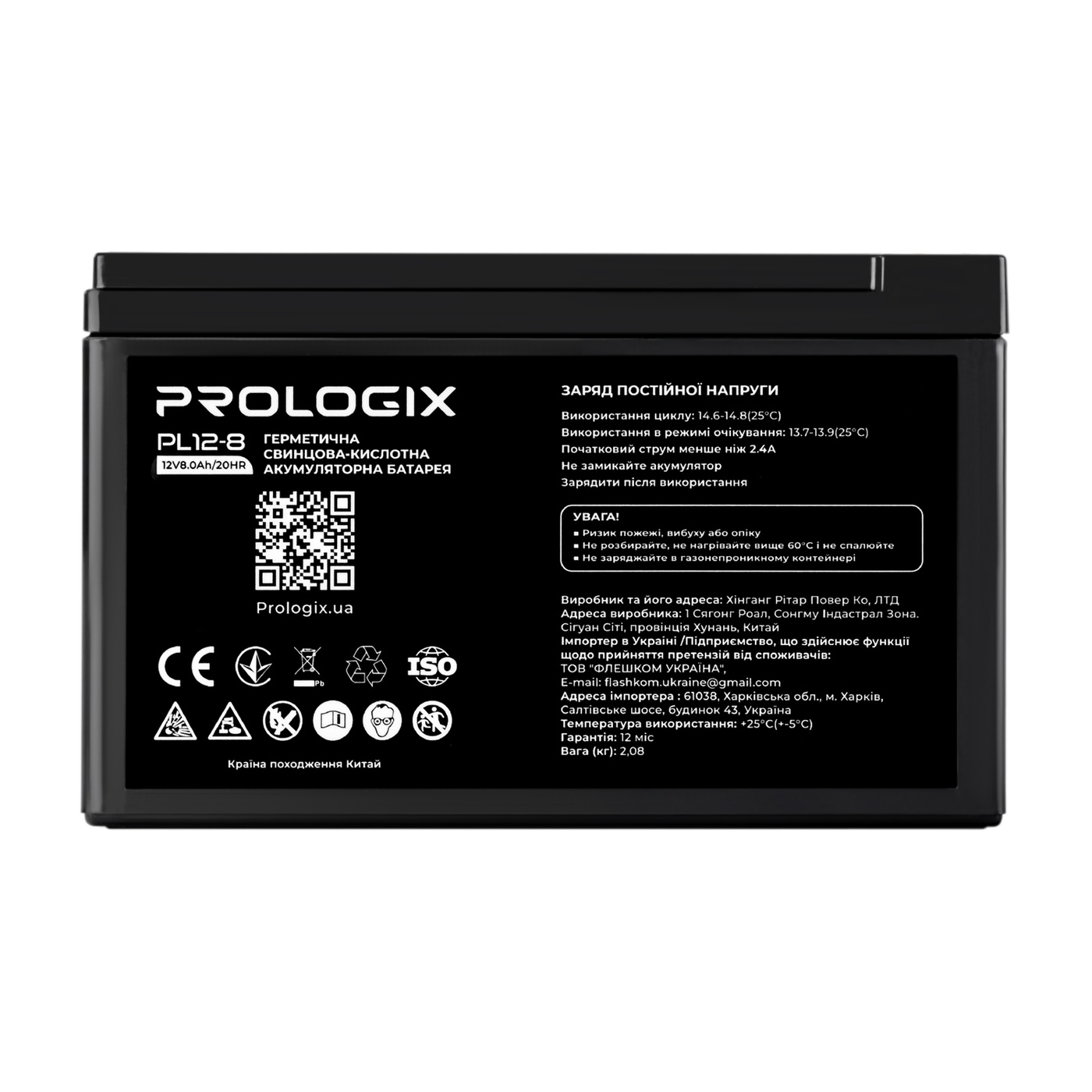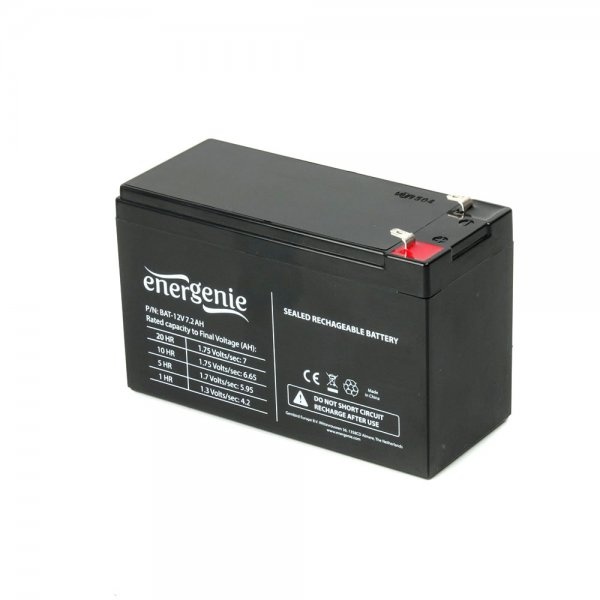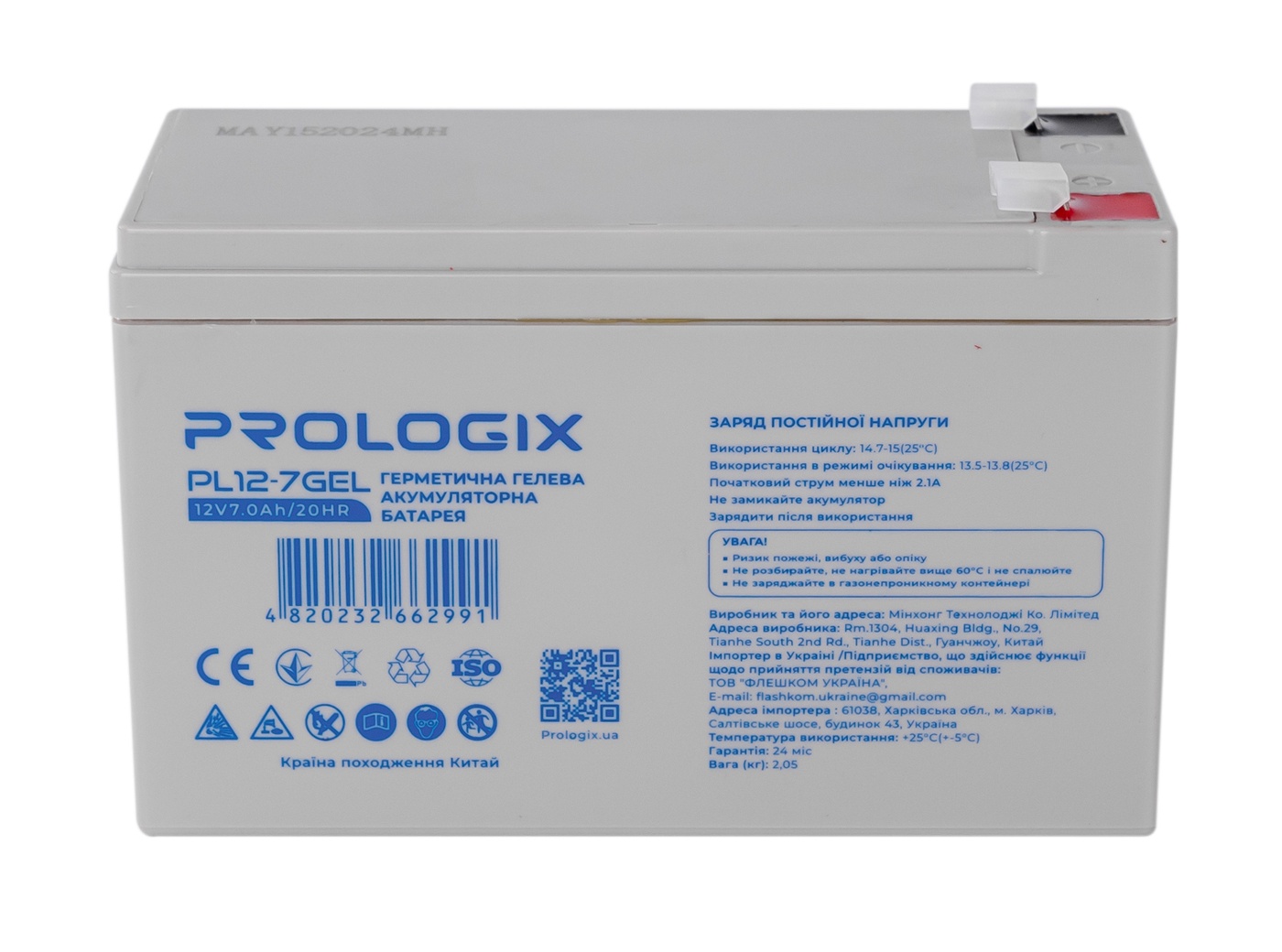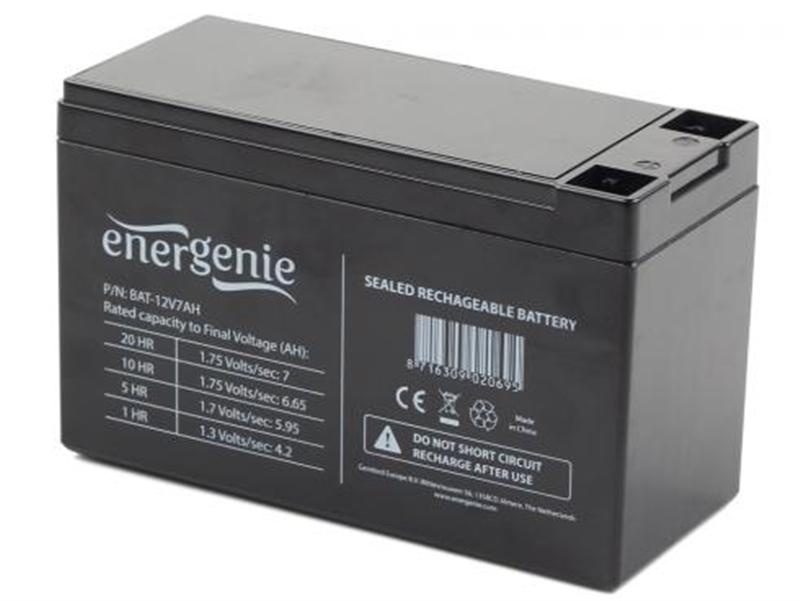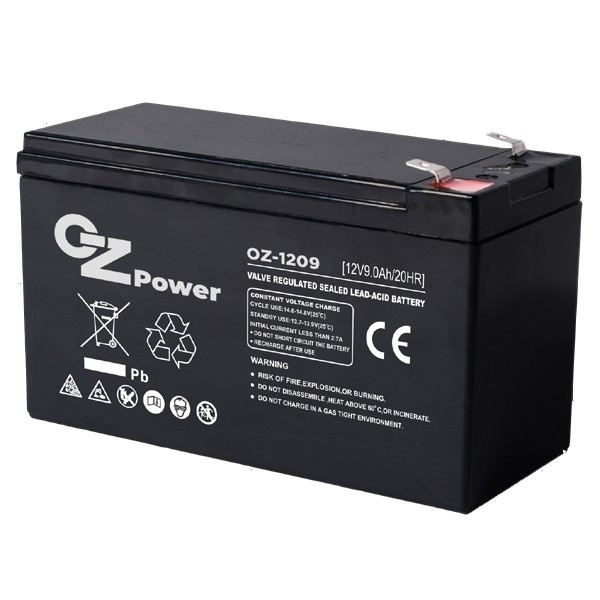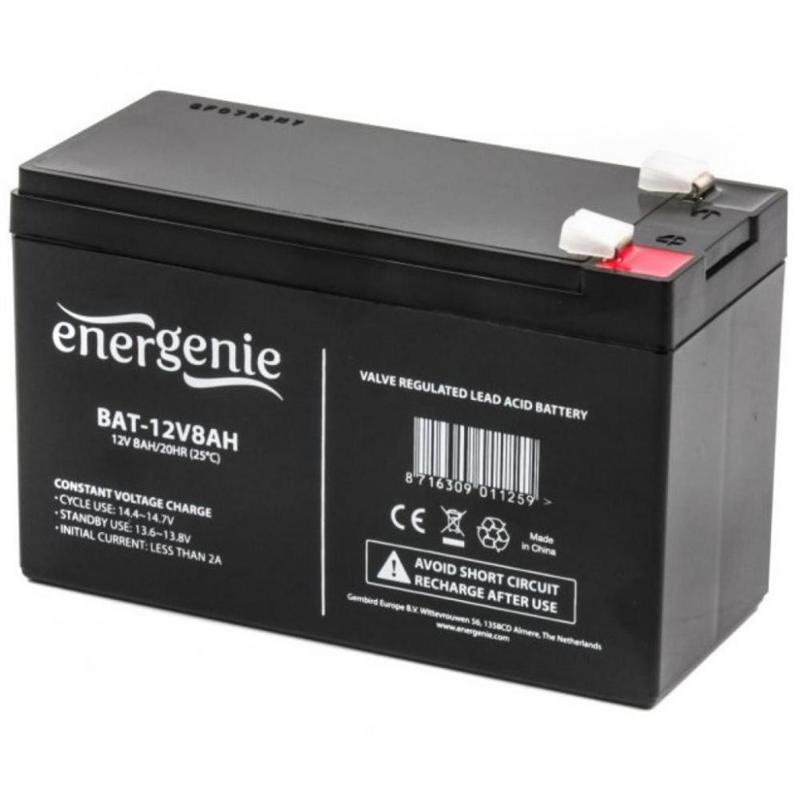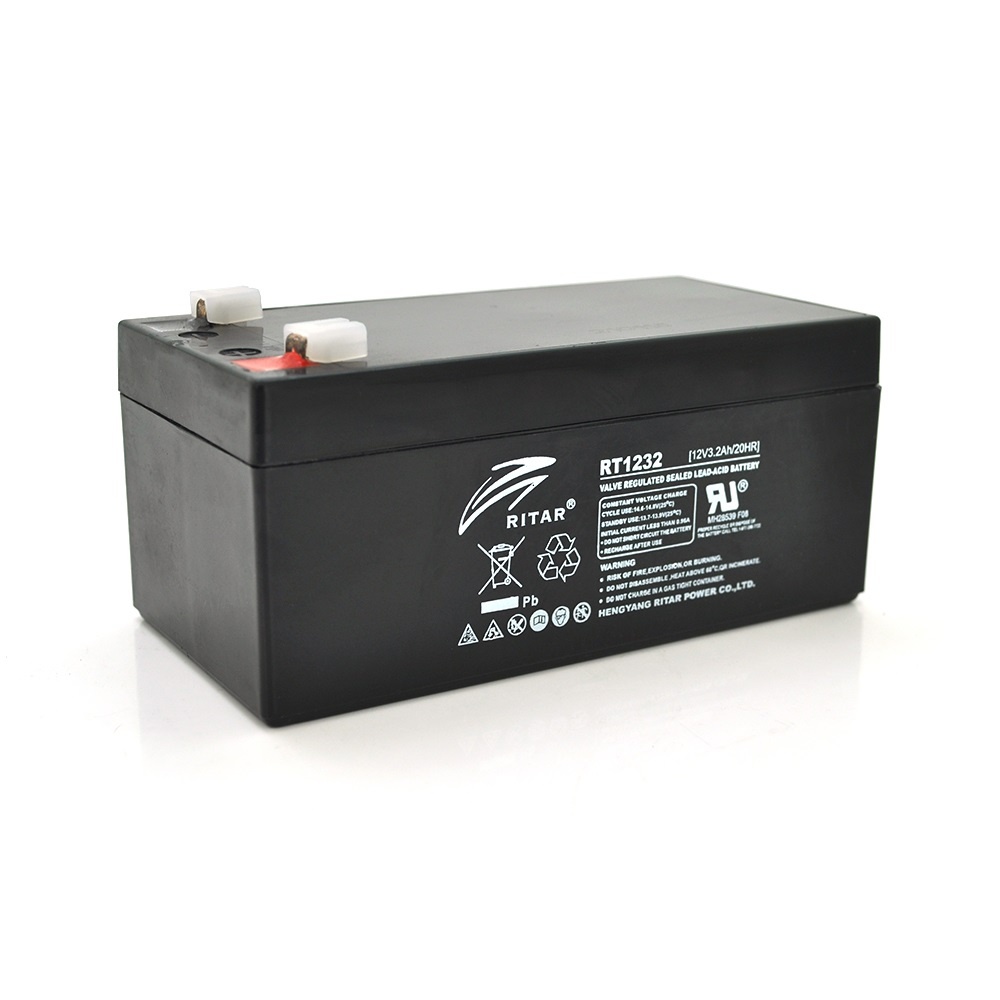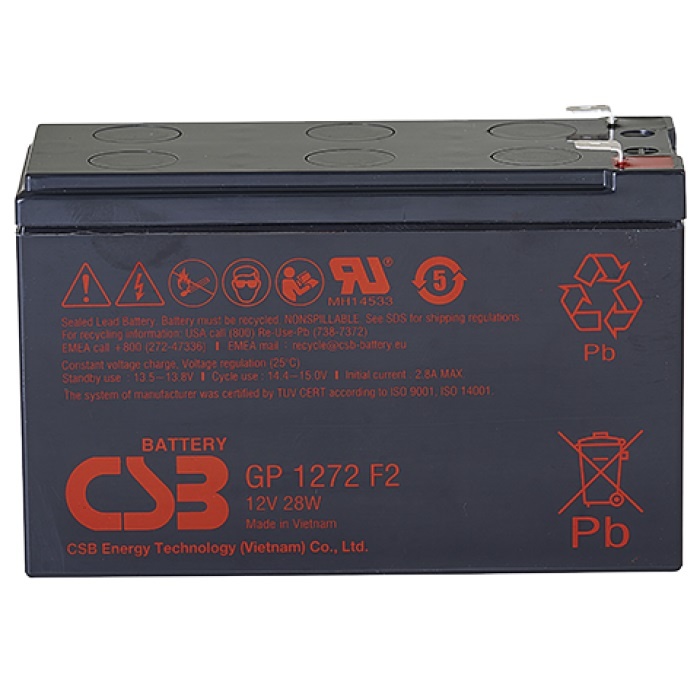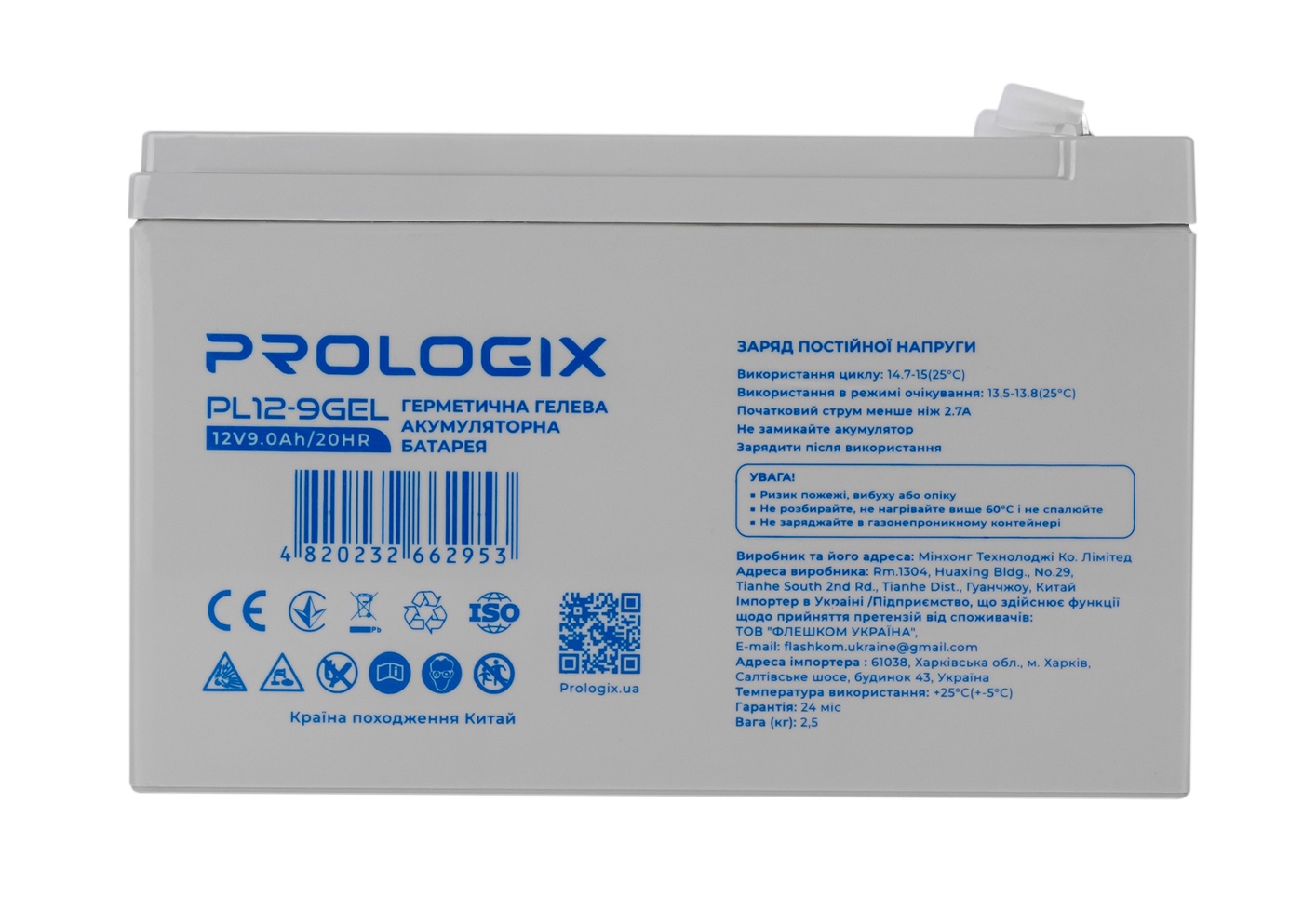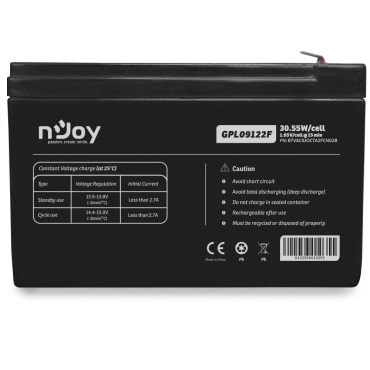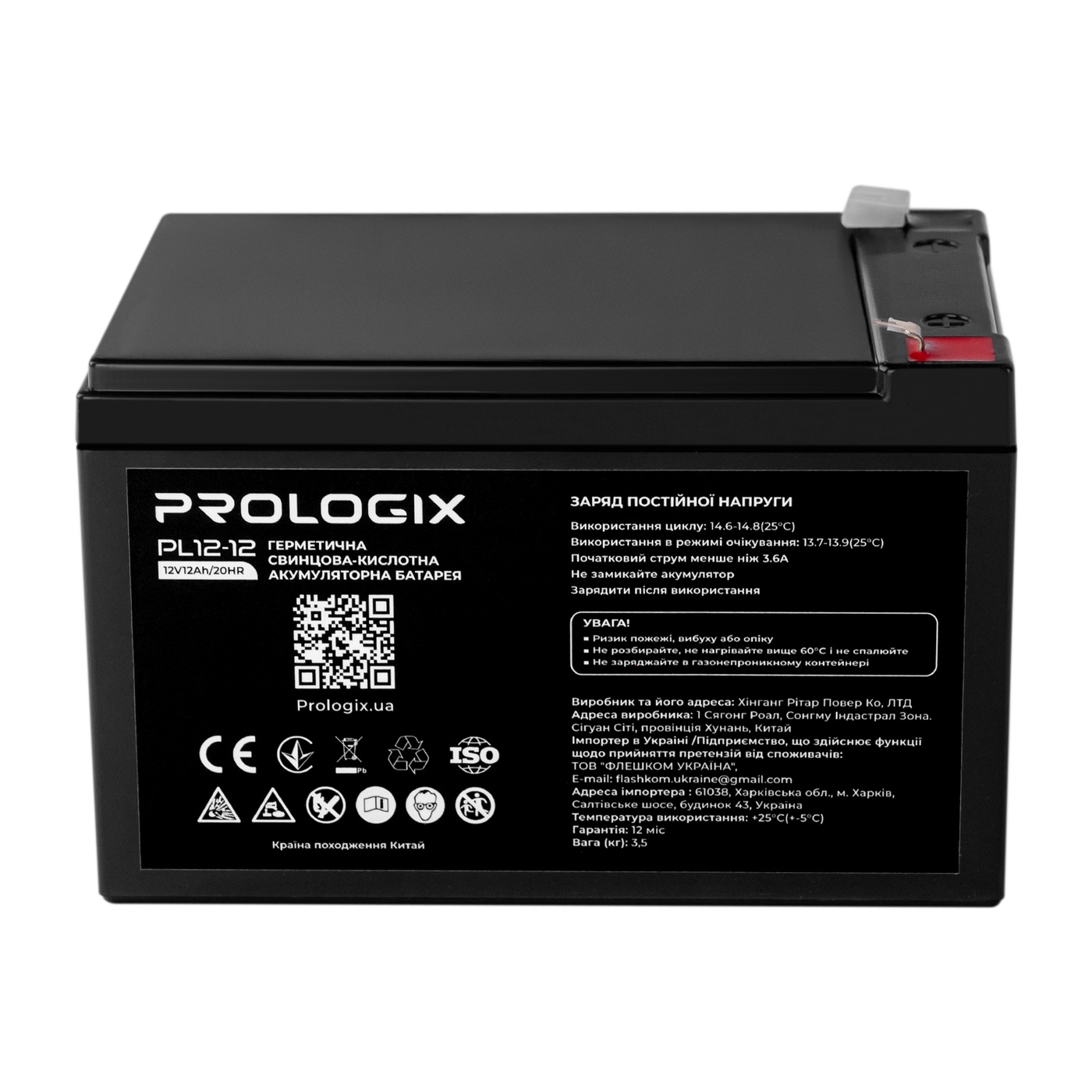|
Quantity
|
Out of stock
|
||
|
|
|||
A rechargeable battery (battery) is a special type of chemical current source that can repeatedly release stored energy and recharge. Unlike conventional batteries, a rechargeable battery can be used repeatedly.
The principle of operation of a battery is based on reverse chemical reactions. During charging, electrical energy is converted into chemical energy and accumulated inside the battery. When discharged, the reverse process occurs - chemical energy is converted into electrical energy.
Areas of application of rechargeable batteries
Rechargeable batteries are used in a wide range of applications:
- Portable electronics: smartphones, laptops, tablets, cameras.
- Electric vehicles: as the main source of energy.
- Energy storage systems: to store energy from solar panels or wind turbines.
- Medical equipment: portable defibrillators, insulin pumps.
- Toys: remote controls, radio-controlled models.
- Tools: drills, screwdrivers.
- Uninterruptible power supplies: to ensure the smooth operation of computers and other equipment.
Comparison of GEL, AGM (lead-acid), and LiFePO4 (lithium iron phosphate) batteries
Each type of battery has its own characteristics, advantages, and disadvantages. Let's take a closer look at gel, lead-acid, and lithium-iron-phosphate batteries.
Gel batteries.
Advantages:
- Safety: The gel electrolyte does not leak, making the battery safer to use.
- Cyclicality: Withstand a large number of charge-discharge cycles.
- Vibration resistance: Can operate in high vibration environments.
- Maintenance-free: Do not require regular checking of the electrolyte level.
Disadvantages:
- Higher cost: Compared to lead-acid batteries.
- Lower energy density: Less energy in the same volume.
- Sensitivity to deep discharges: Frequent deep discharges can shorten the service life.
Lead-acid batteries
Advantages:
- Low cost: The most affordable type of battery.
- High starting current: Good for starting internal combustion engines.
Disadvantages:
- Large size and weight: Need more space for installation.
- Maintenance: Require regular checking of the electrolyte level and topping up with distilled water.
- Short service life: Fewer charge-discharge cycles compared to other types.
- High self-discharge: Quickly lose charge during long-term storage.
Lithium iron phosphate (LiFePO4) batteries
Advantages:
- High energy density: A large amount of energy in a small volume.
- Long service life: Withstand a large number of charge-discharge cycles.
- High charging speed: Can be charged and discharged quickly.
- Safety: Less prone to overheating and fire.
- Wide operating temperature range: Can operate in a wide range of temperatures.
Disadvantages:
- Higher cost: The most expensive type of battery.
- Sensitivity to overvoltage: Overvoltage can damage the battery.

